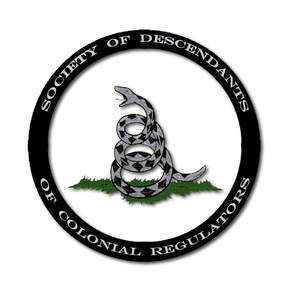One of the ancestors I've been working on recently is my 6th great-grandfather Garret Miller.
 |
| Prison Ship Martyrs Monument (wikimedia commons) |
Garrett Miller was supposedly born in 1737 in Connecticut (per DAR records).
He married a woman named Patience (some say Griswold but I have not confirmed this).
On 4 January 1765, Garrett, Patience and 5 of their children were christened at the First Presbyterian Church in Morristown, NJ. Children christened that day were: Mary Elizabeth, Sarah, Garrett, Absolom and Phebe. This is from the church records (found on familysearch). Another place in the church records states that Garrett, Patience, and their family were christened that day with the exception of the oldest child. Son Samuel was christened a few months later, on 12 May 1765.
The family was formally admitted to membership on 6 January 1765, and the records note that they "moved away".
Sometime before 1775, the family moved to Cornwall, Orange County, NY. This is about 50 miles north of Morristown on the west bank of the Hudson River. According to the "Outline History of Orange County, NY", in 1775 he signed the Association of Cornwall, embracing Cornwall, Bloominggrove and Monroe. He also signed a pledge to support "rights and liberties of America" in Cornwall Precinct, 1775.
Garrett became a Captain in Upper Clove Company of Col. Woodhull's Regiment from Cornwall, NY in 1775. He was captured and taken to a Provost (ie military) Prison, possibly one of the prison ships in New York.
According to a journal published in the book "American Prisoners of War in the Revolution" by Dandridge -
"[October] 5. Garret Miller, of Smith's Clove, signed his will in prison, in presence of Benjamin Goldsmith, Abr. Skinner, and myself. C. G. Miller died of small-pox —P. M. Buried."
and
"Feb. 4, 1778. I delivered to Mr. Pintard the wills of Garret Miller and Benjamin Goldsmith, to be for- warded to their respective families. Present E. Boudinot." (note that Smith's Clove was part of BloomingGrove in Orange County, about 12 miles southwest of Cornwall)
That will was proven June 13, 1778: Garrett Miller of Smiths Clove, Cornwall Pct., Orange Co., NY. Names children: Joshua, Mary, Elizabeth, Garret, Nathan, Sarah, Samuel, Ann, Hampton and Jeremiah. Wife is executrix. Makes provisions if his widow remarried before the youngest child turns 21. Witnesses are Benjamin Goldsmith, Abram Skinner and John Fell.
On 25 Sept. 1786, administration is granted to Patience Fowler, formerly Patience Miller.
Patience Miller Fowler died in Monroe, Orange Co NY on 13 August 1808 and is buried in Monroe Cemetery.
The children of Garrett and Patience Miller were:
1. Mary Elizabeth Miller, born 20 December 1762. On 5 Feb. 1785 she married her first cousin Peter Miller and died 31 December 1845 in Marion Co VA.
2. Elizabeth Miller, born ca 1754 and married Phillip Roblin.. One source says that they were loyalists who fled to Canada.
3. Garrett Miller born in 1758, married Mary Smith, and died in 1824.
4. Ann Miller, born in 1769 and married a Mr. Carpenter.
Joshua, Nathan, Sarah, Samuel, Hampton, Jeremiah, Absalom and Phoebe were additional children but I have no further information on them.


















